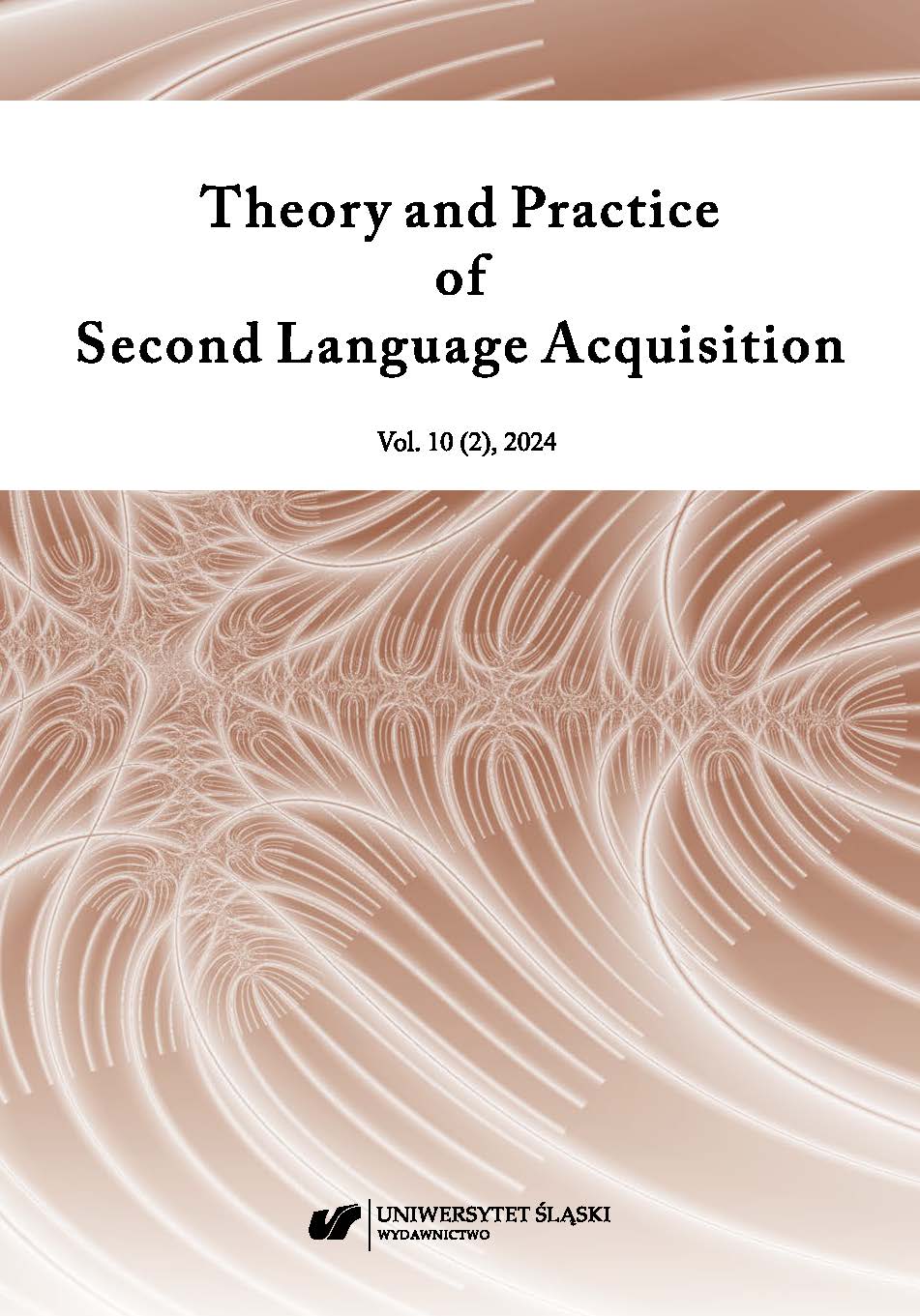Impact of Task-based and Task-supported L2 Teaching on the Use of Connective Markers in Learners’ Written Performance
Impact of Task-based and Task-supported L2 Teaching on the Use of Connective Markers in Learners’ Written Performance
Author(s): Tomasz Róg, Artur UrbaniakSubject(s): Foreign languages learning, Semiotics / Semiology, Theoretical Linguistics, Applied Linguistics, Communication studies, Language acquisition, Pragmatics, Philosophy of Language
Published by: Wydawnictwo Uniwersytetu Śląskiego
Keywords: L2 pragmatics; TBLT; TSLT; connective markers
Summary/Abstract: The current study investigates the impact of two types of instruction on teaching connective markers in learners’ written performance. Eighty-two EFL learners were assigned to two experimental groups (EG1, n = 2 9 a nd E G2, n = 25) and one control group (CG, n = 28). The experimental groups were introduced to a set of connective markers in two sessions. EG1 followed a task-based approach, while EG2 experienced task-supported language teaching. CG took part in regular classes that were not intended to teach connective markers. The analysis of variance showed that instruction in both experimental groups positively impacted the number and quality of connective markers used in learners’ essays, with a slight but non-significant advantage of TBLT in the delayed post-test. The study is timely in that it addresses an inconclusive line of research on L2 pragmatics instruction, investigates the thriving area of task-based teaching, and employs the most often-used type of essay on a nationwide secondary school-leaving examination.
Journal: Theory and Practice of Second Language Acquisition
- Issue Year: 2/2024
- Issue No: 10
- Page Range: 1-22
- Page Count: 22
- Language: English

